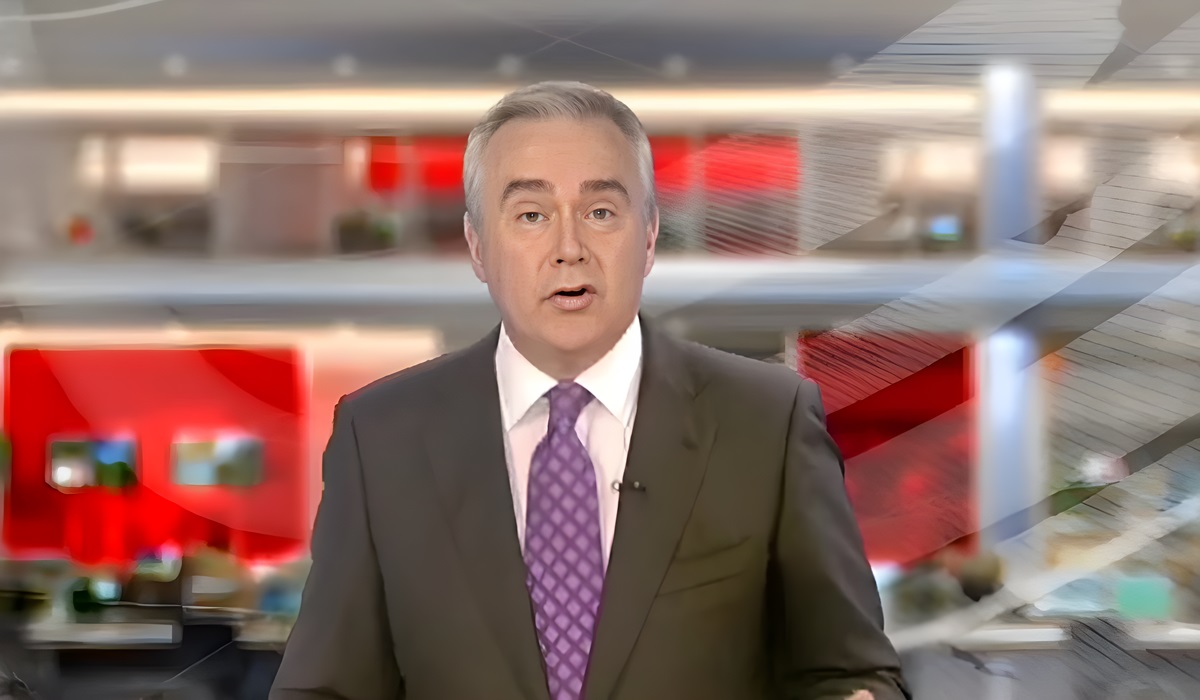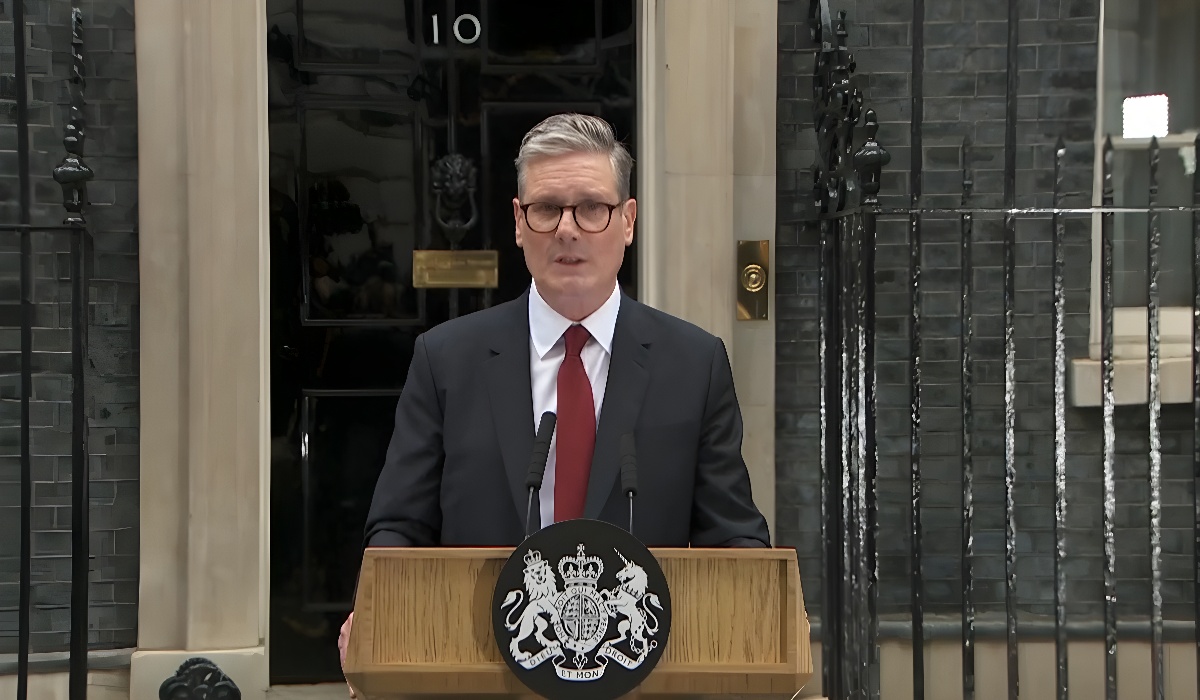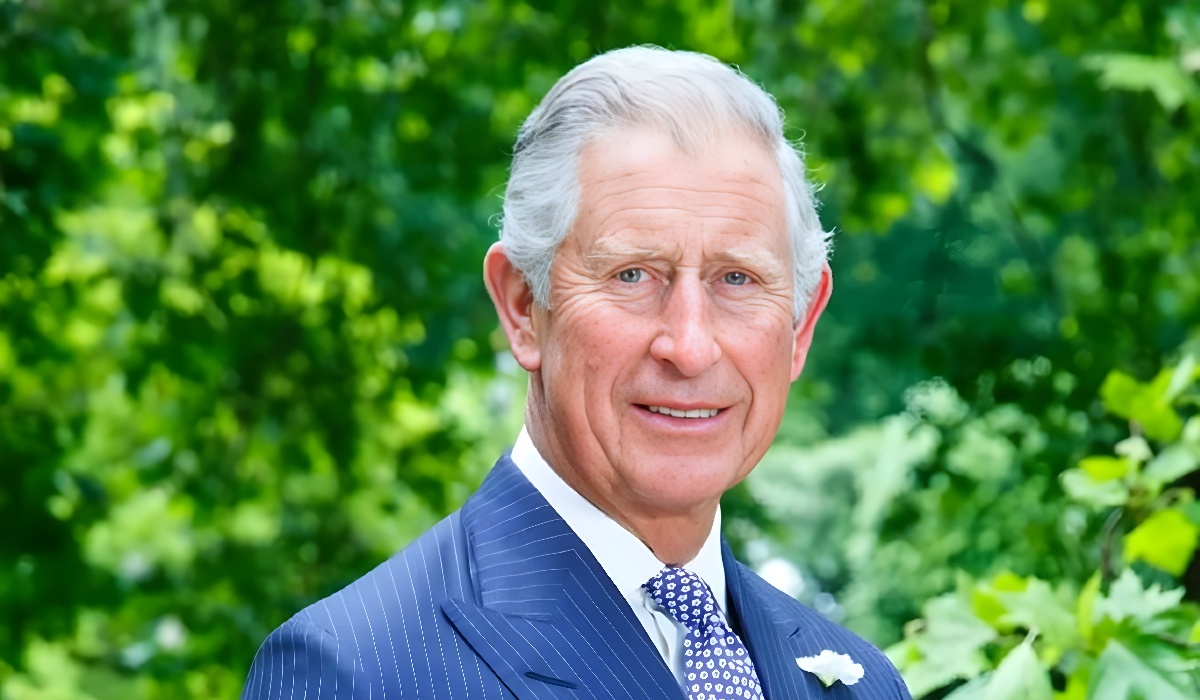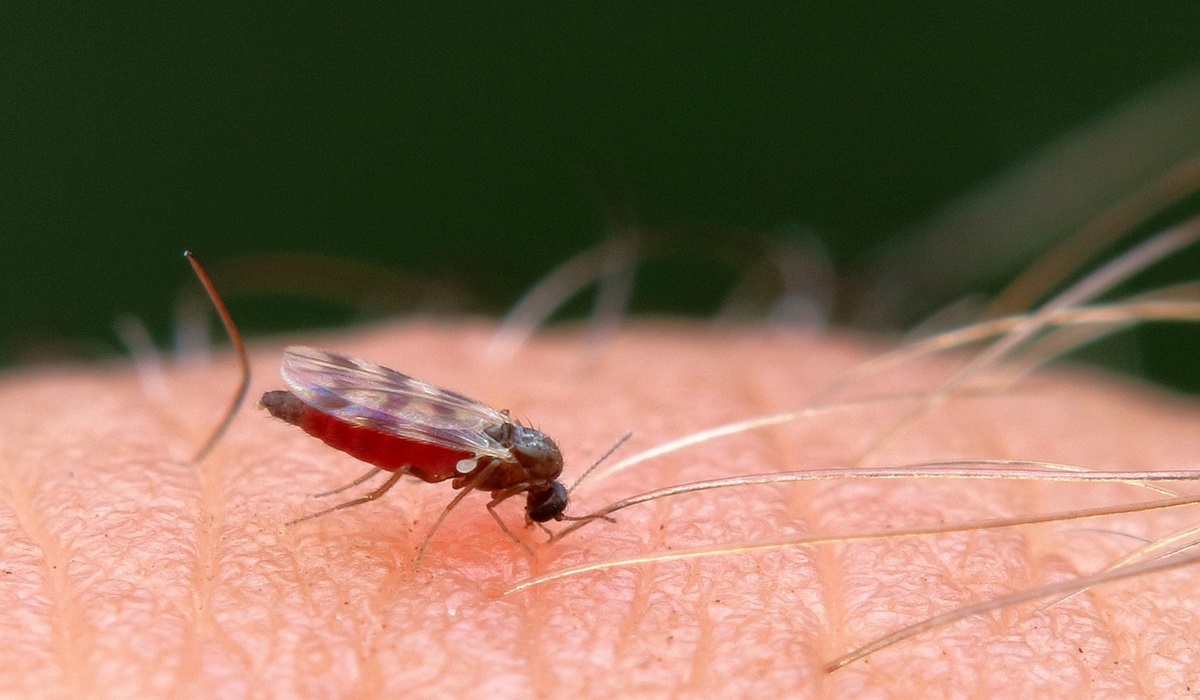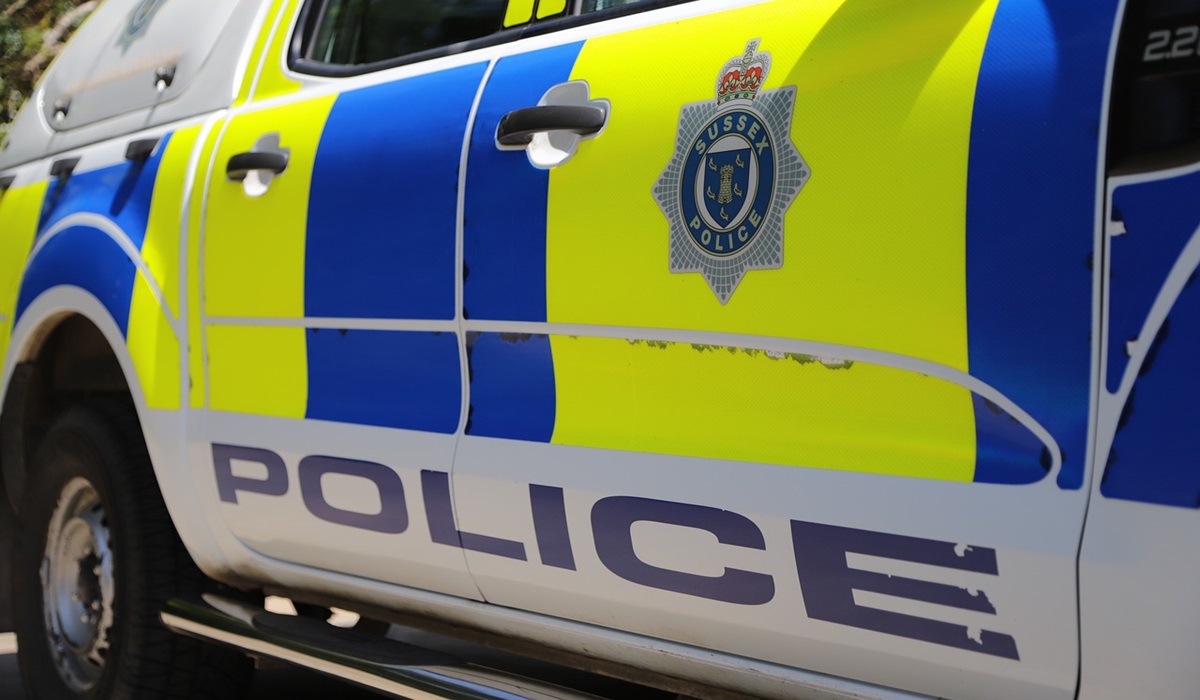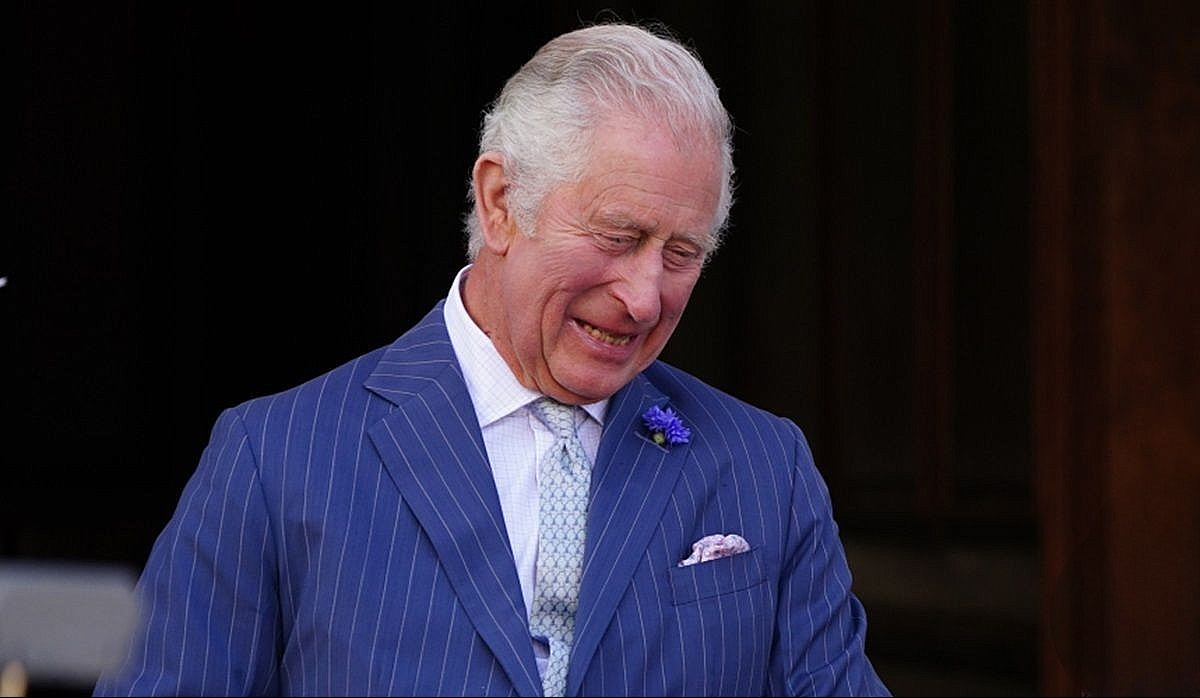Space is littered with over 160 million pieces of junk
Planned for 2025, Clearspace-1 is the first ever space mission dedicated to removing an existing object in orbit, and is a significant first step towards a cleaner space environment. The Clearspace-1 satellite – dubbed ‘The Claw’ – will use a pincer motion to collect debris, before giving it a controlled re-entry into Earth’s atmosphere – allowing it to decompose safely and away from life.
Elecnor DEIMOS in the UK will play a leading role in Clearspace-1, designing the Attitude and Orbit Control System (AOCS) which will orientate and position the satellite to help grab the space junk, using power generators, thrusters and antennas.

The OECD now estimates there are currently more than 160 million objects in orbit, most of which are ‘space junk’. This junk comes in all different shapes and sizes, from spent rocket bodies to a camera and a spatula dropped by an astronaut.
The first ever interstellar clean-up mission, driven by ground-breaking British scientists and researchers, is just another example of how the UK’s space sector is out of this world. Science Minister Amanda Solloway

The British-led mission was equipped with vision-based navigation (VBN) technology, which essentially tells a pursuing spacecraft how its target is behaving – how it’s moving and even tumbling.
The UK is committed to reaping the benefits from the new age of satellite ‘megaconstellations’ – vast networks made up of hundreds of spacecraft, which is why the government is investing in companies and technologies to track and remove this debris.
Earlier this year the UK Space Agency announced a number of new investments – funded through its Space Surveillance and Tracking (SST) program – designed to supercharge the UK’s capabilities to track this junk and monitor the risks of potentially dangerous collisions with satellites or even the crewed International Space Station.
Projects backed included London-based Lift Me Off which will develop and test machine learning algorithms designed to distinguish between satellites and space debris using thermal infrared and optical cameras. Meanwhile Andor, based in Northern Ireland, will use a scientific detector camera to help the astronomy community track debris which may interrupt ground-based astronomy applications.
The UK is already a world-leader in small satellite technology, telecommunications, robotics and Earth observation, and our universities host some of the best minds in the world for space science.
With the demand for services increasing, this provides an opportunity for the UK space industry to become a global leader in space sustainability.
After the Clearspace mission concept was approved by the European Space Agency a year ago, ClearSpace – a Swiss start-up with expertise in space debris in robotics – began co-ordinating the mission and brought together a consortium of expertise, including Elecnor DEIMOS in the UK.
The Attitude and Control system of Elecnor DEIMOS UK will be integrated in the overall satellite ‘autopilot’ – the Guidance, Navigation and Control system being developed by Elecnor DEIMOS in Portugal, together with other German and Portuguese entities. This consortium will also perform tests to support ClearSpace in the assembly, testing and operation of the mission.
Last year there was a close call in which an Earth-observation spacecraft operated by the European Space Agency had to light up its thrusters to dodge a Starlink satellite. A clash between the spacecraft was far from certain, but the trajectories posed enough of a threat that ESA concluded that a manoeuvre was necessary.


